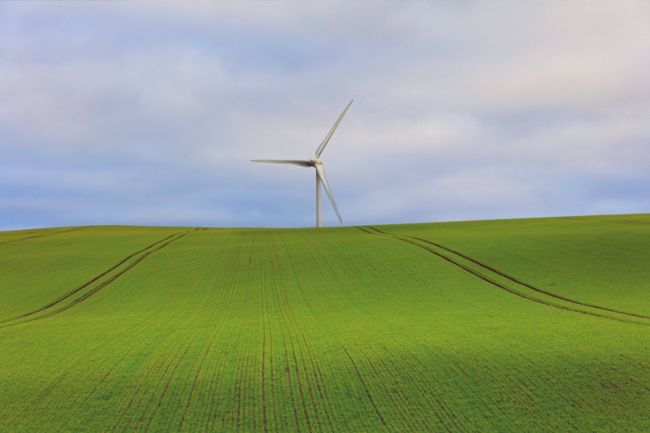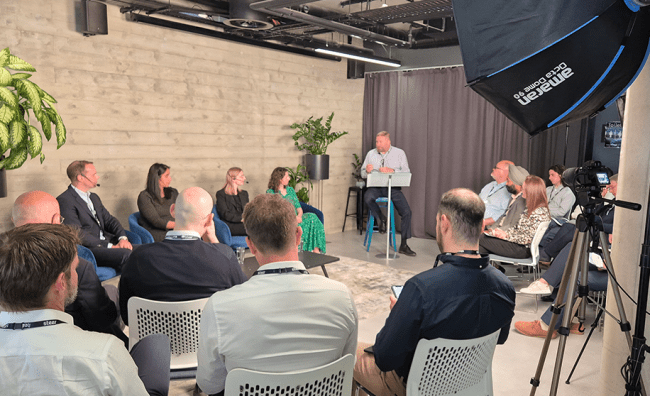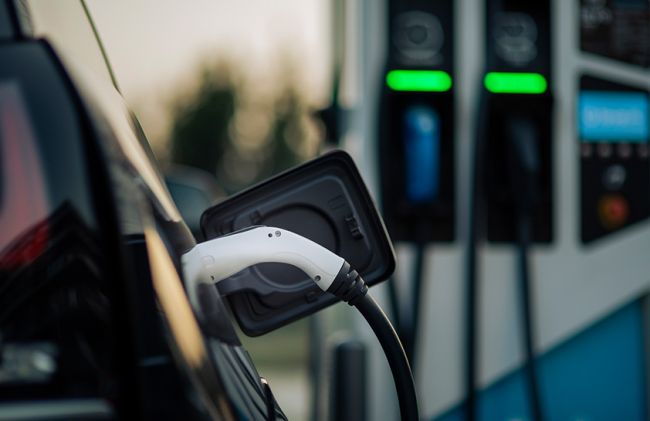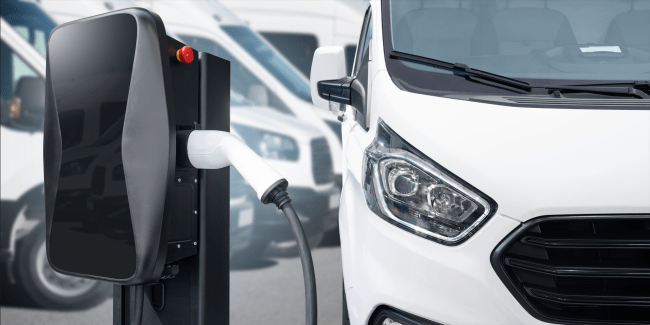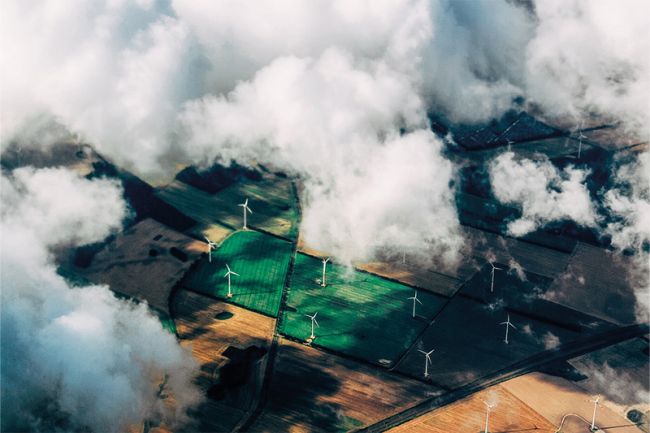Beyond the Numbers: Commercial Due Diligence in Energy Transition Decision-Making
Why commercial due diligence is critical to valuing emerging energy sectors like heat networks, EV charging, and microgrids.
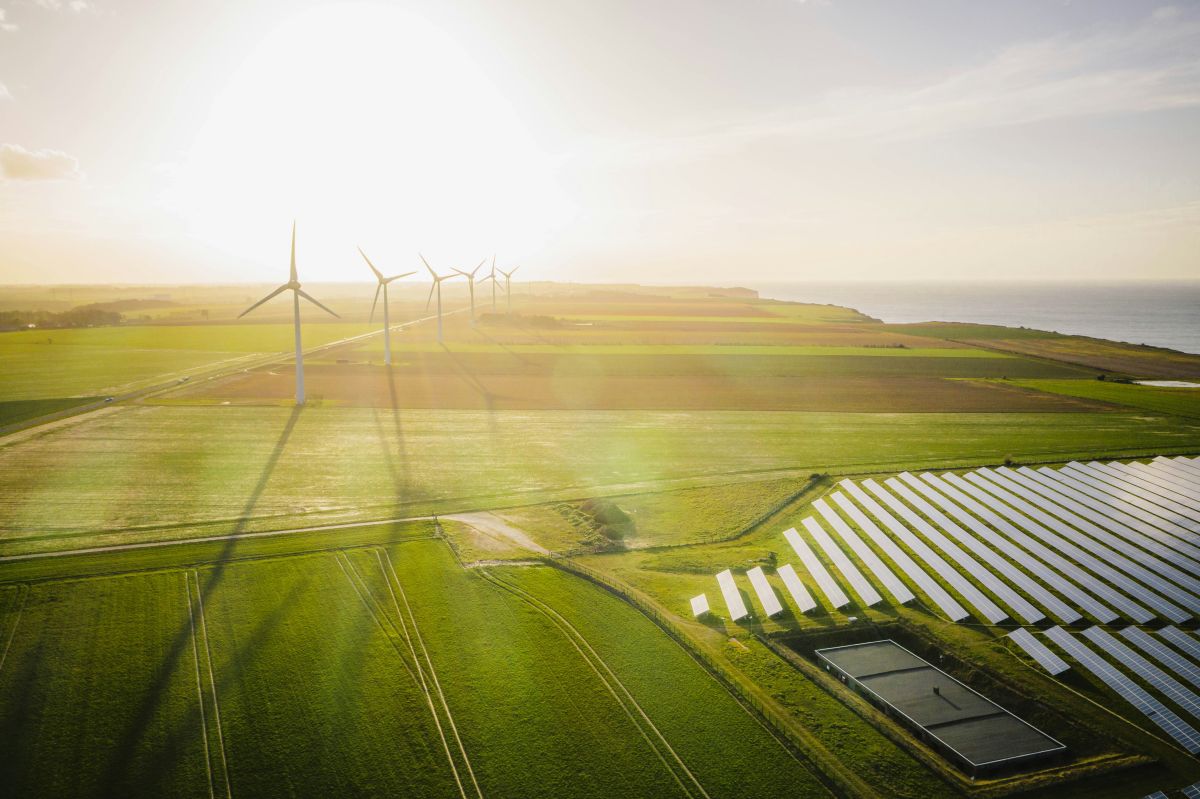
Heat networks. EV charging infrastructure. Microgrids. These sectors are at the frontier of the energy transition. They are also at the frontier of valuation risk due to the inherent uncertainties: markets that are evolving, technologies still scaling, and policies yet to fully crystallise.
For investors, especially those coming from well-established infrastructure sectors, now exploring opportunities in the low-carbon energy space, it’s natural to rely on traditional financial due diligence (FDD). Validation of historic revenue and costs, historic EBITDA margin analysis, review of the terms of material current contracts, balance sheet composition and net working capital trends – these are crucial inputs. But much of a company’s value is tied to future growth. Moreover, in immature markets, historical data can understate or misrepresent future risks and opportunities.
This is where commercial due diligence (CDD) comes in. It focuses on whether future assumptions are credible and whether the business can deliver the growth implied in valuation models. It answers questions like:
- Market size and growth trajectory: Are forecasts grounded in robust market intelligence?
- Regulatory and policy environment: Are growth projections dependent on subsidies or regulations that might change
- Competitive landscape: Tariff benchmarking vs alternatives, pricing sustainability vs cost base.
Unlike FDD, which relies heavily on internal financial records and contracts, commercial due diligence draws from external market realities. It is very common for the immature sectors to have limited public data available, and access to tools like market intelligence, proprietary market models, and feedback obtained directly from market participants (customers, suppliers, competitors, regulators) becomes invaluable.
Using commercial due diligence for decarbonisation projects
The UK government aims to attract £80 billion of private investment in heat networks by 2050 to support the transition to net-zero emissions, with zoning rules on the horizon to drive local connections. An FDD review might confirm stable cash flows from existing heat supply agreements. But commercial due diligence will be addressing:
- How realistic are growth opportunities around network expansion, offering cooling and flexibility services?
- Are customers willing to pay premiums for greener heat?
- What’s the risk exposure if zoning plans change or are delayed?
To answer these, CDD team will source information from DESNZ consultation rounds, interactions with local authorities, property developers, and ESCO’s to probe the reality behind development pipelines and zoning timelines. They will scrutinise emerging UK business models like “energy-as-a-service” that shift from selling energy (kWh) to selling outcomes (e.g. cost savings, decarbonisation, resilience), altering both risk and cashflow profiles.
Similarly, the UK’s EVCI sector looks set for rapid growth, driven by the 2035 ban on petrol and diesel vehicles and funds like the Rapid Charging Fund and LEVI Fund. But commercial realities are more complex. FDD might validate revenues from existing charge points. But CDD assesses:
- Are EV adoption forecasts realistic?
- Will grid constraints slow new charger roll-out?
- How sensitive is forecasted profitability to spikes in wholesale electricity prices?
CDD tools include interviews with investors, lenders, fleet operators and councils, analysis of Ofgem grid constraint maps, and review of new commercial models like CPPA-like fleet agreements that can improve utilisation and revenue certainty but often carry novel contract risks. The findings directly shape valuations. If utilisation assumptions prove too optimistic, investors may need to lower forecasts, reduce EBITDA multiples, or build earn-outs into deal terms.
Microgrids: Fast-moving opportunity, complex commercial risks
A newer frontier in the UK is microgrids – localised energy systems combining generation, storage, and smart controls to serve a specific site or community. In the US, uptake is surging, driven by increasing demand for energy resilience, integration of renewable energy, and advancements in energy management technologies. Investors in the UK see similar potential, yet the commercial model carries significant risks that CDD must evaluate.
Can microgrids sustain offering lower energy tariffs over time as energy markets evolve and low-carbon alternatives like rooftop solar become more competitive?
Commercial due diligence tackles these questions with targeted analyses:
- Perform unit economics modelling to test whether the microgrid’s cost savings are robust under different price scenarios for gas, electricity, and carbon.
- Benchmark tariff offers against competitors, including traditional utilities and alternative technologies like heat pumps or rooftop solar with storage.
- Assess the low-carbon counterfactual, modelling how customers’ costs would compare if they opted for grid-supplied green tariffs or other decentralised solutions instead.
CDD helps investors judge whether the business model is robust enough to sustain revenues and deliver promised returns.
In energy transition, the future dictates value
In mature industries, valuation can largely rely on historical performance. But in emerging sectors like heat networks or EVCI, value is predominantly future-oriented. That makes commercial due diligence essential. It tests the assumptions behind growth forecasts, reveals market-specific risks, and ensures that valuations reflect the real commercial potential rather than purely optimistic projections.
Are you considering investments in emerging energy transition sectors? Then running the numbers isn’t enough. You need to test the story behind them.

